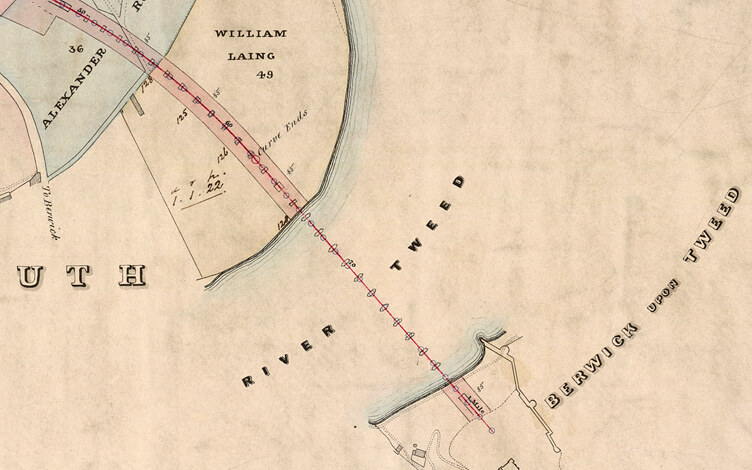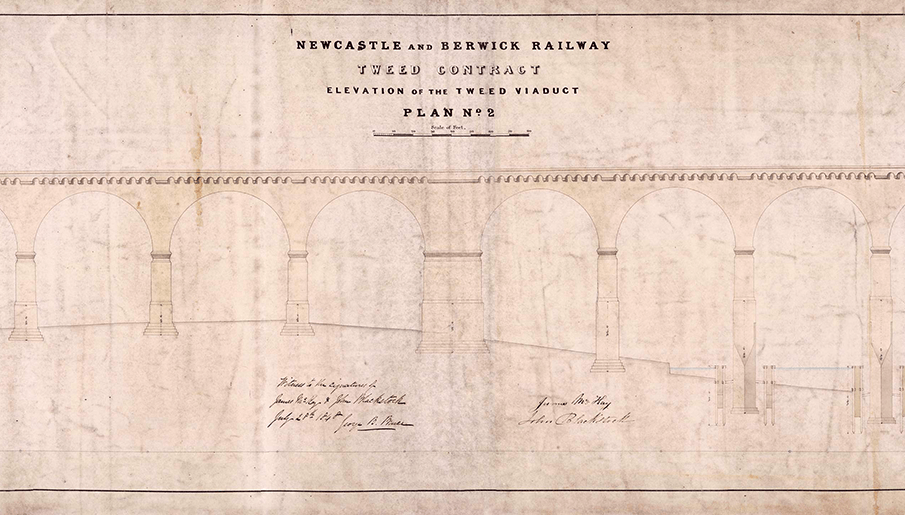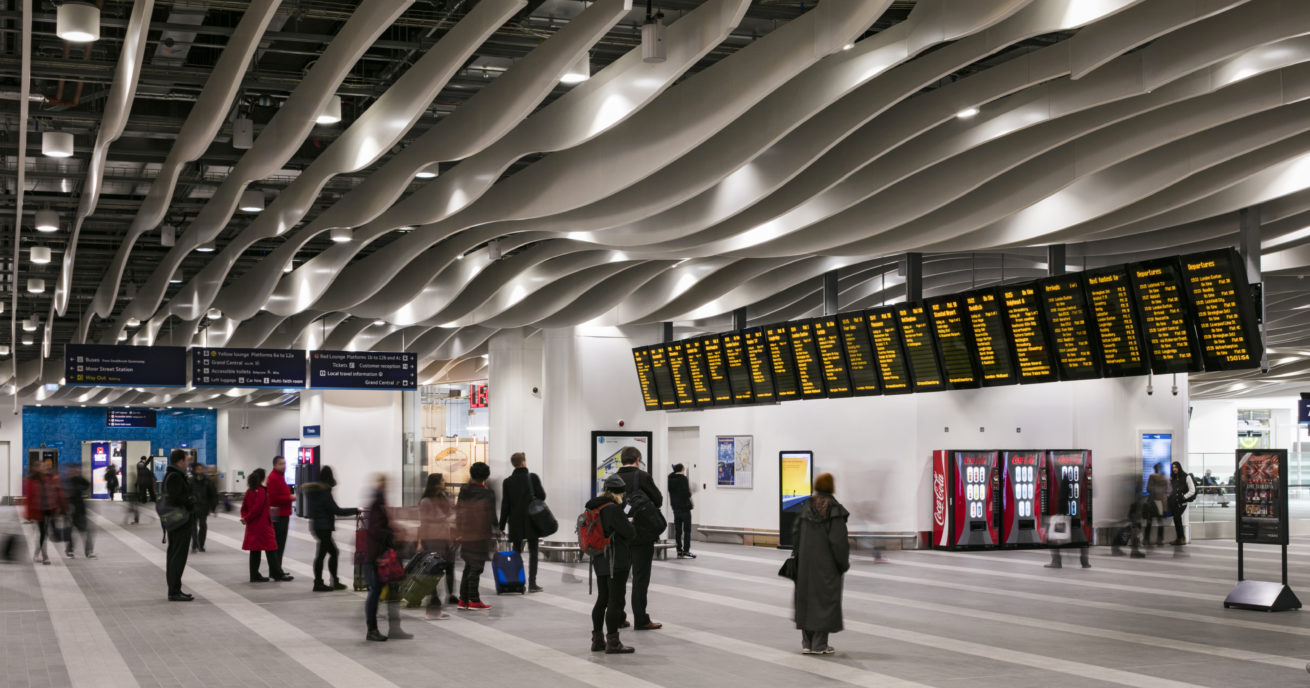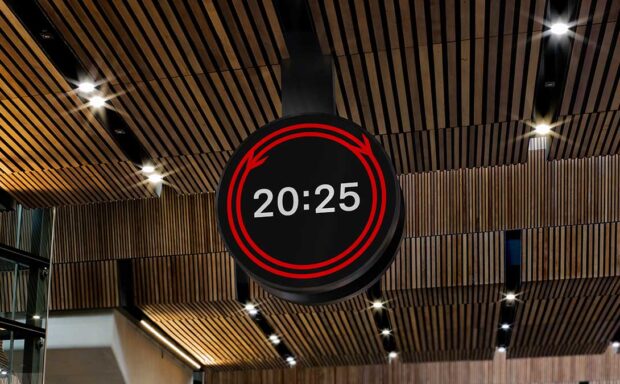The Network Rail archive is the custodian of a vast collection of historic documents and plans relating to today’s railway infrastructure.
It represents the development of the most significant structures, engineers and innovation on the railway from the 19th century to the present.
Each month we will delve into the archive to shine a light on the development of our network through the ages.
March: The Royal Border Bridge
In this week in 1850, work completed on the last link of a continuous railway line from London to Edinburgh.
We’ve just launched a public consultation for a master plan that will shape the long-term future of the Scottish capital – for passengers and the economy.
It comes after footfall at Edinburgh Waverley has more than doubled in the last 10 years to more than 24 million. Estimates suggest this figure will more than double again to more than 49 million by 2048.
One of Robert Stephenson’s best-known structures, the Royal Border Bridge spans the River Tweed in Northumberland. It completed on 26 March 1850, with Queen Victoria officially opening the structure on 29 August.
By July 1847, the lines from Edinburgh to Berwick and from Tweedmouth to Newcastle had opened, with the journey between the stations undertaken by a horse-drawn coach.

Did you know?
Despite its name, the Royal Border Bridge is located entirely in England. The East Coast Main Line crosses the English – Scottish border at Marshall Meadows, 2.5 miles north of Berwick.
The ‘Tweed Viaduct’
The Newcastle and Berwick Railway laid the foundation stone for a bridge crossing the Tweed on 15 May 1847. It was initially known as the ‘Tweed Viaduct’.
Stephenson’s design was a conventional masonry structure consisting of 28 semi-circular arches arranged in a gentle curve.
The construction used eight million cubic feet of stone, with the exception of the inner part of the arches, which needed 2½ million bricks set in cement and faced with stone.
Its total length is 2,160ft (656m), with a maximum height of 126ft (38m) above the river. At the peak of its construction, 2,700 men worked on the bridge.
As work on the Royal Border Bridge started, Stephenson and his colleague Thomas Harrison were heavily involved with the High Level Bridge in Newcastle, meaning many of the techniques used on the Royal Border Bridge came from the construction of the world’s first bridge to combine rail and road traffic.




